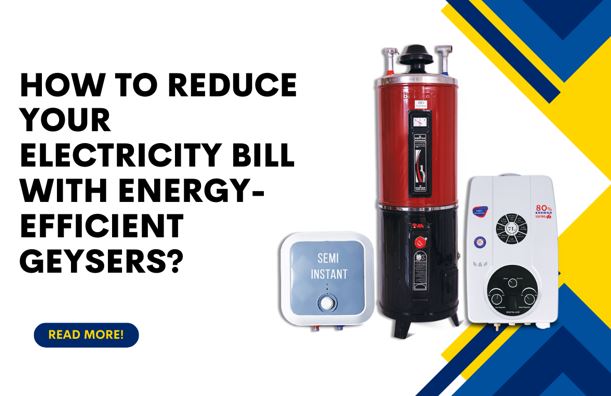How to Get Cheap Car Insurance Without Cutting Corners
Ah, car insurance—the necessary evil we all love to grumble about. If you’ve been feeling like your wallet is on a diet because of those hefty premiums, don’t worry, you’re not alone. Many drivers are on the hunt for cheap car insurance without skimping on the essentials.
But how do you actually save money while still ensuring you’re adequately covered? Buckle up, because we’re about to take a scenic drive through the ins and outs of securing affordable car insurance, no corner-cutting required.
You’ll find this guide chock-full of practical tips, expert insights, and maybe even a chuckle or two.
We’ll explore various ways to save, from understanding the basics to applying money-saving strategies, all while keeping your coverage needs in check. By the end of this ride, you’ll be ready to negotiate with confidence and savvy.
Understanding the Basics of Car Insurance
Before you hit the road, it’s crucial to understand what you’re actually paying for with car insurance.
At its core, car insurance is designed to protect you financially if you’re involved in an accident. It comes with several components:
- Liability Coverage protects you if you’re responsible for an accident, covering damage to other cars and injuries to others.
- Collision Coverage takes care of repairs to your vehicle after an accident with another car or object.
- Comprehensive Coverage covers non-collision-related incidents such as theft, vandalism, or natural disasters.
Understanding these basics can help you determine what kind of coverage you really need—hint, not always the most expensive option! A cheap car insurance might just be perfect for your needs.
Many people pay for more coverage than necessary simply because they don’t understand what each type of insurance does. Knowing the basics can prevent you from over-insuring, thereby saving you money.
The Myth of Full Coverage
When you hear “full coverage,” it may sound like a safety net. But what does it actually mean?
In reality, there’s no official “full coverage” option. It’s usually a combination of collision, comprehensive, and liability coverage.
Don’t be fooled by the term; instead, focus on getting the right coverage for your specific needs. Many drivers fall into the trap of paying for unnecessary extras that jack up their premiums without adding much value.
Knowing this can potentially save you hundreds of dollars each year. Skip the “full” package and customize your coverage to only what you need.
Shopping Around for the Best Rates
One of the easiest and most effective ways to save money is to shop around.
Prices can vary significantly between insurers, and the quote you get can be influenced by multiple factors, including your driving history and the type of car you own.
- Start by using online comparison tools.
- Get quotes from at least three different providers.
- Don’t hesitate to negotiate—tell them about better offers you’ve received elsewhere.
Taking the time to compare rates can lead to significant savings. Think of it as buying a new pair of shoes; you wouldn’t grab the first pair you see, so why do it with insurance?
Bundling Policies to Save More
Many insurance companies offer a discount if you bundle multiple policies with them, like home and auto insurance. This can be a great way to save some extra cash.
- Check with your current provider to see what bundling options are available.
- Compare bundled rates with what you’re paying separately.
- Make sure the bundled policy still meets your needs in both areas.
Bundling isn’t just a sales tactic—it can be a genuine opportunity to cut costs. It’s like buying in bulk; the more you combine, the more you save.
Safe Driving Pays Off
Your driving record plays a significant role in determining your insurance rate. If you have a clean record, make sure you’re getting the discounts you deserve.
- Ask your insurer about safe driver discounts.
- Consider enrolling in a defensive driving course for additional savings.
- Maintain a points-free record to keep premiums low.
Being a cautious driver doesn’t just keep you safe—it keeps your bank account healthy. Every year of accident-free driving helps lower your premium, which is a win-win.
Increasing Your Deductible
Your deductible is the amount you pay out of pocket before your insurance kicks in. Increasing your deductible can lower your monthly premiums significantly.
- Evaluate how much you can afford to pay out of pocket.
- Compare the savings from multiple deductible options.
- Make sure you have enough in your emergency fund to cover the deductible.
Raising your deductible is a simple tweak that can yield substantial savings over time. Just ensure it’s set at a comfortable level for you.
Taking Advantage of Discounts
Many insurers offer a variety of discounts that can lower your premium. Look out for:
- Multi-policy discounts
- Good student discounts
- Low mileage discounts
- Customer loyalty discounts
Even if you think you’re maxed out on possible savings, there might still be hidden discounts you’re missing. Always ask your insurer what you qualify for.
Improving Your Credit Score
Did you know your credit score can affect your insurance rates? Insurers often look at your credit history when determining your premium.
- Pay bills on time.
- Reduce your overall debt.
- Regularly check your credit report for errors.
A good credit score can translate to lower insurance costs, so it pays to maintain a healthy score.
Keeping Your Car Secure
Insurers appreciate when you make efforts to secure your vehicle, and many offer discounts for anti-theft devices or secure parking.
- Install an alarm system or GPS tracker.
- Park in a garage whenever possible.
- Use steering wheel locks for added security.
These simple actions not only protect your car but also help lower your insurance rates. It’s a small effort that can lead to big rewards.
Considering Usage-Based Insurance
Some insurers offer usage-based insurance programs that track your driving habits and adjust your rates accordingly. This can be an excellent option if you’re a low-mileage driver.
- Check if your insurer offers a telematics program.
- Enroll and start tracking your driving habits.
- See if you qualify for lower rates based on your driving data.
Usage-based insurance is a modern solution for those who want their premiums to reflect their actual road behavior—not just their zip code.
Avoiding Insurance Lapses
Finally, keeping continuous coverage is crucial. Even a short lapse can lead to higher premiums in the future.
- Set reminders to renew your policy.
- Consider automatic payments to avoid missing deadlines.
- Keep a backup plan if you’re switching policies, ensuring no gap occurs.
Maintaining continuous coverage shows insurers that you’re a low-risk customer, which is always beneficial for your rates.
Cruise into Savings
Getting cheap car insurance without cutting corners is entirely possible. By understanding the nuances of your coverage, shopping around, and taking advantage of discounts, you can steer towards significant savings.
Remember, the goal is to find a balance between affordability and adequate protection. Now that you’ve got the roadmap, why not start exploring your options today? With the right approach, you can keep both your car and finances in top shape. Safe travels!





